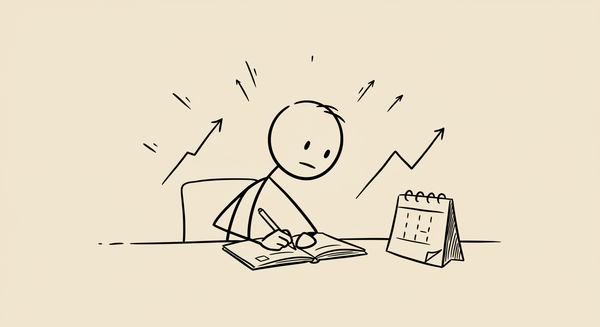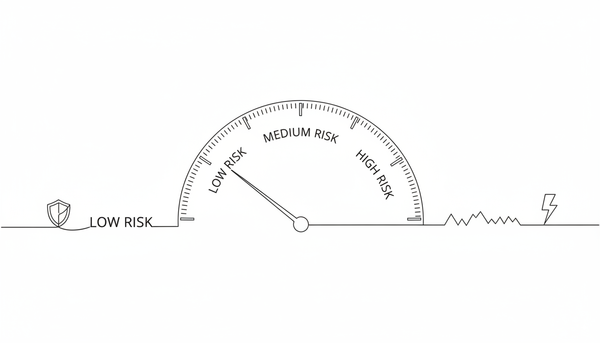How Much Do You Really Need to Start Trading? Trading With Money You Can Afford to Lose
Discover the optimal trading starting capital: 1-3 months of replaceable savings (e.g., $1,000-$5,000) for emotional discipline without ruin. Avoid tiny accounts that erode via fees—MIT research shows moderate stakes build better habits. Calculate your "pain threshold" today.
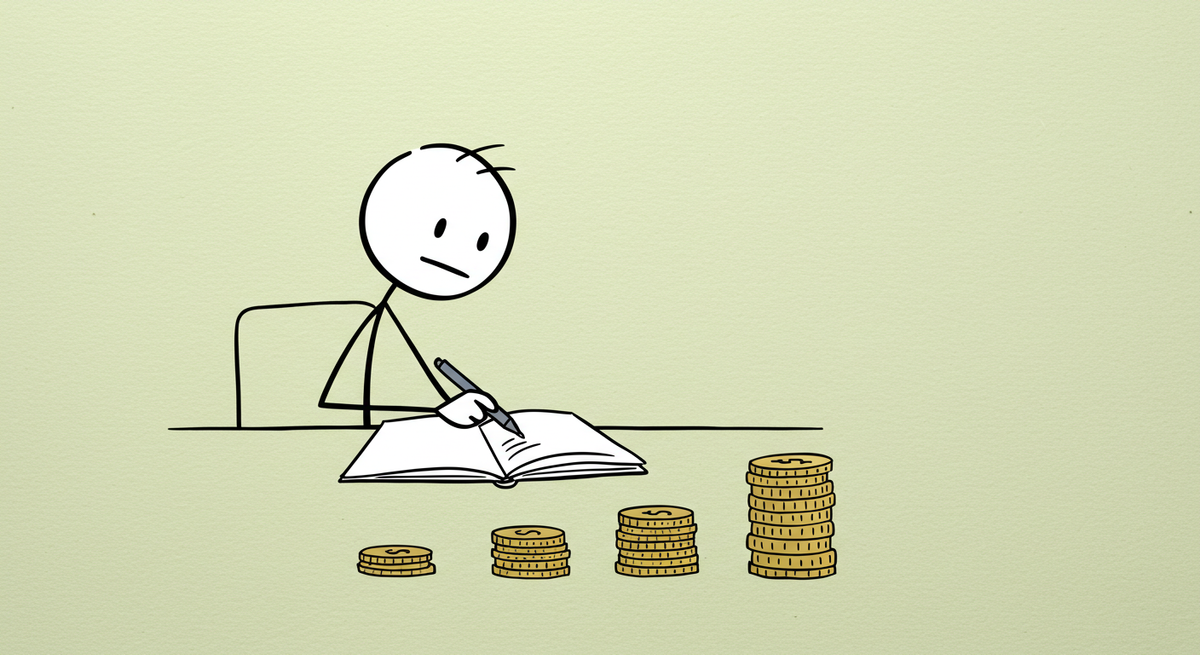
Most new traders ask the wrong question. They want to know the minimum dollar amount to open an account, when they should be asking: "What's the optimal amount that creates genuine emotional investment while building disciplined trading habits?"
The conventional wisdom says "never trade with money you can't afford to lose"—but this advice misses a critical point. You shouldn't trade with money you can't afford to lose, but you also shouldn't trade with money that losing won't affect you emotionally. The sweet spot lies between these extremes: money that matters enough to teach discipline, but not so much that losing it creates financial hardship.
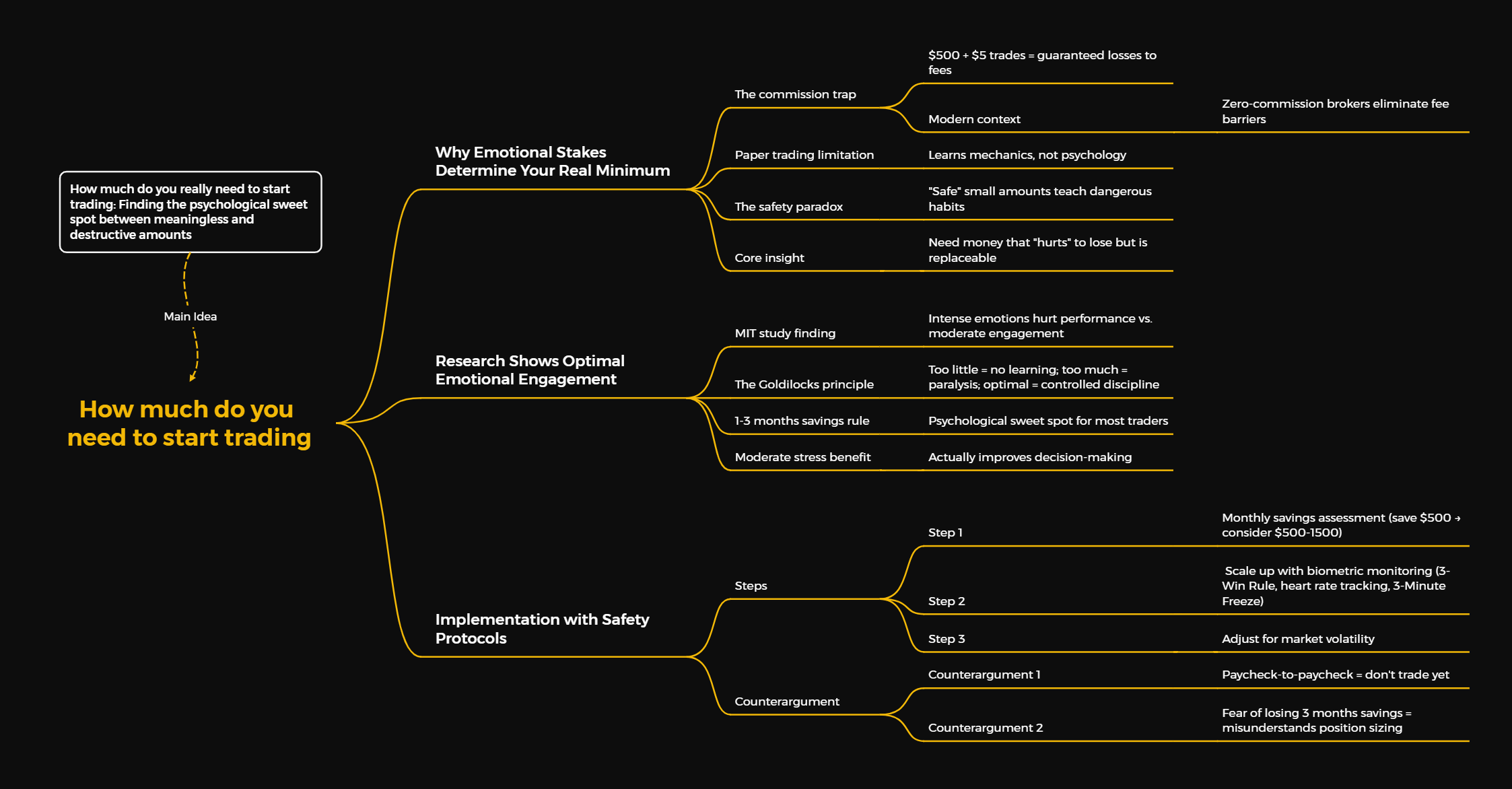
The Uncomfortable Truth About Starting Capital
You've been approaching this as a math problem when it's really a psychology problem. The traditional advice—"start small, use paper trading, minimize risk"—sounds logical but creates a fundamental flaw: without meaningful stakes, you'll never develop the emotional discipline that separates successful traders from everyone else.
Here's what no one wants to tell you: you need an amount that's meaningful enough to engage your emotions and build discipline—typically 1-3 months of replaceable savings—rather than an arbitrary minimum. This approach respects the principle of not trading with money you can't afford to lose while ensuring you're not trading with money that losing won't matter. This "pain threshold" fosters real learning without financial ruin, consistently outperforming both demo accounts and recklessly large sums.
Why Emotional Stakes Determine Your Real "Minimum" Amount
The true minimum isn't a fixed number but an emotionally engaging sum that forces discipline. Without meaningful stakes, trading lacks the psychological weight needed for genuine learning and self-control.
The Commission Trap That Kills Small Accounts
When I started trading 10 years ago with a $500 account, each trade cost $5-19 in commissions. What does this mean? You're working with a negative outcome before the stock even moves. With a $500 account and $5 commissions, you're down 1% on entry and another 1% on exit—the stock needs to rise 2% just to break even.
Compare this to starting with $2,000: that same $10 round-trip commission represents only 0.5% of your capital. The mathematics alone argue for larger starting amounts, but the psychology is even more compelling.
Why Paper Trading Creates Dangerous Habits
Paper trading serves one purpose: learning the mechanics—buy, sell, stop, limit orders, and trailing stops. Once you understand these basics, continuing with fake money becomes counterproductive.
Research consistently shows that paper trading creates no consequence reinforcement for decision-making. You can reset at any time, experiment without pain, and develop the dangerous illusion that trading success comes from finding the right strategy rather than managing your emotional responses to uncertainty.
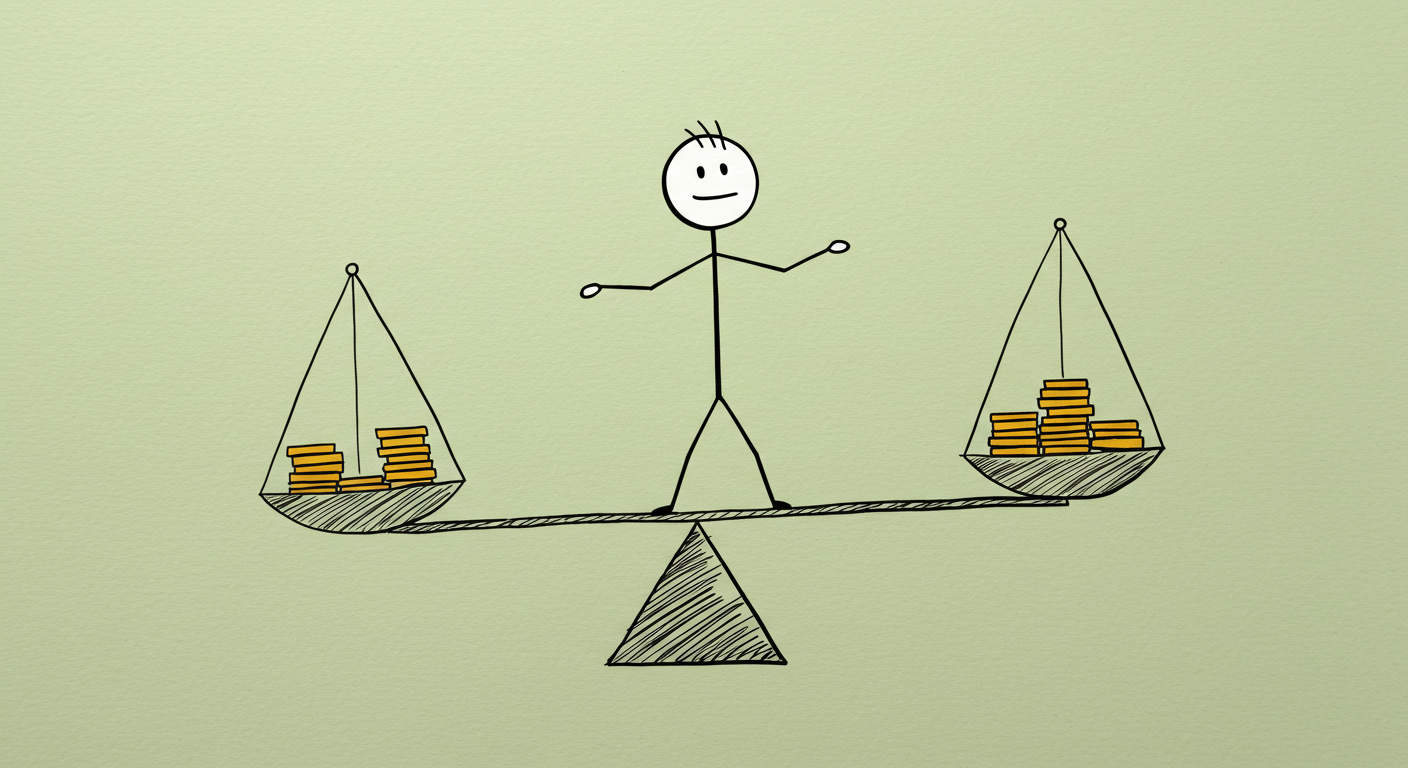
The Real Cost of "Playing It Safe"
Starting with amounts that feel "safe"—$100, $200, $500—teaches you to trade carelessly because nothing meaningful is at stake. You'll develop patterns that work with monopoly money but fail catastrophically when real psychology kicks in.
Even with today's zero-commission brokers (which you should absolutely use over commission-charging platforms), small accounts create their own problems. You can't properly size positions, can't practice real risk management, and most importantly, can't experience the emotional education that only comes from having something real to lose.
International traders still facing commission structures should minimize costs and factor fees into their starting capital calculations—but the psychological principle remains unchanged.
What Research Shows About Optimal Amounts
MIT and NBER researchers studied 80 day-traders in live trading sessions, measuring their emotional responses and performance outcomes (Lo, Repin & Steenbarger, 2005). Their findings were stark: traders with intense emotional reactions to gains and losses performed significantly worse than those with moderate emotional engagement.
This creates what researchers call the "Goldilocks principle" of trading capital:
- Too little emotional investment = no meaningful learning
- Too much emotional stress = decision paralysis and poor judgment
- Optimal emotional engagement = disciplined learning under controlled conditions
The research reveals that moderate emotional stress actually improves decision-making and pattern recognition. The key is calibrating your account size to create enough emotional engagement to matter, but not so much that fear overwhelms rational thinking.
Studies consistently show that 1-3 months of replaceable savings hits this psychological sweet spot for most beginning traders. This amount creates ownership and genuine concern about losses while remaining recoverable if you need to rebuild.
Addressing Common Concerns
"What if I'm living paycheck to paycheck?"
If you're living paycheck to paycheck, trading will not work for you at this moment in your life. I learned this the hard way when I was unemployed with barely $3,500 to my name.
When you're financially stressed, trading becomes impossible because you face the pressure of needing to make money every day while knowing you have a high probability of losing money. Consider this scenario: You're trading in the morning when your credit card company calls about overdue payments. You're worried about feeding your family, and suddenly you need to be 100% certain your next trade will make money.
My advice: Stop. Don't consider trading right now. Focus on building financial stability through steady income and debt reduction. Develop a savings plan first. Trading should only be considered after you've achieved basic financial security—this topic deserves its own discussion beyond this article's scope.
"What if I lose my 3-month savings in my first week?"
This concern reveals a misunderstanding about position sizing. You shouldn't risk your entire account on single trades.
With proper risk management (1-2% risk per trade), losing your entire account would require 50-100 consecutive failed trades. If you're following position trading with longer-term intervals rather than day trading, losing 3 trades in one week might cost you 6% of your portfolio.
The solution: Implement the same break rule we use for wins. If you lose 3 trades in a given week, stop trading for the entire week. Use the weekend to reassess your strategy with a clear mind, identify what went wrong, and determine what needs improvement.
This forced pause prevents emotional trading and gives you time for objective analysis—exactly what you need when losses start mounting.
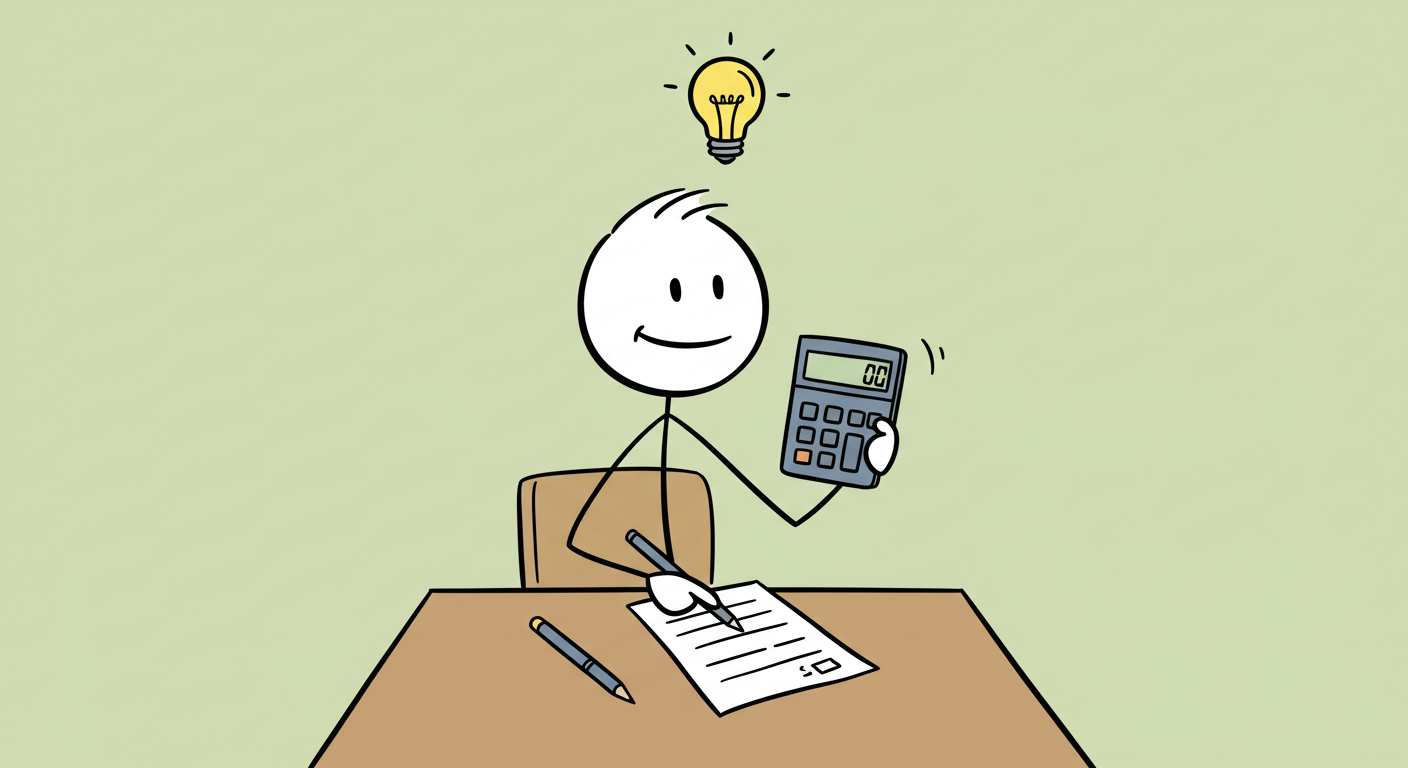
Calculate Your Personal Starting Amount
Your optimal starting capital isn't determined by online calculators or broker minimums—it's determined by your psychology and financial situation.
Step 1: Assess Your Financial Reality
Start with your monthly savings after covering emergencies and essential expenses. If you save $500 monthly after all obligations, your trading capital range becomes $500-1,500. If you save $1,000 monthly, consider $1,000-3,000.
The amount should be "painful" to lose but replaceable within 2-3 months of normal saving. This creates the perfect learning environment: you care enough to trade carefully, but losing it won't destroy your financial future. You're following the cardinal rule of not trading with money you can't afford to lose, while ensuring the money you do trade matters enough to teach you proper discipline.
Step 2: Scale Up Through Experience
Start with the lower end of your range and gradually increase your position sizes as you develop discipline. This scaling approach from small real accounts exposes your trading habits and biases while keeping losses manageable. Each trade becomes a lesson—repeated exposure to real gains and losses builds the emotional discipline that paper trading cannot provide.
Implement these monitoring tools as you scale:
- The "3-Win Rule": After 3 consecutive profitable trades, take a mandatory break. While research suggests 30 minutes, if you achieve 3 wins in one day, consider taking the rest of the day off and starting fresh tomorrow. This prevents dopamine overload that leads to overconfidence and larger, riskier positions.
- Physical awareness check: Monitor your heart rate with a smartwatch. If it drops below 60 BPM during trading, you may be becoming overconfident. If it spikes above 100 BPM, you may be entering panic mode. (Personally, I have not try this method, but something to think about)
- The "3-Minute Freeze": When a trade moves against you, stop and take 3 minutes before any action. Minute 1: Close your eyes and breathe deeply. Minute 2: Re-check your original plan without seeking new information. Minute 3: Execute your predetermined response.
The key is maintaining real stakes throughout this process. Even starting with $500-1,000, you're learning with money that matters, developing patterns that will serve you when your account grows larger.
Step 3: Adjust for Market Conditions
During volatile market periods, consider starting with the lower end of your range. Your learning curve will be steeper when markets are unstable, and preserving capital for additional attempts becomes more important than maximizing your initial stake.
The Path Forward
Stop asking "What's the minimum I need to start trading?" Start asking "What amount will teach me the most about managing my emotions under pressure while keeping my financial future secure?"
The answer for most people falls between 1-3 months of replaceable savings—enough to create genuine stakes, not so much that losses create lasting financial damage.
Calculate your amount today. Your future trading discipline depends on getting this psychological foundation right from the beginning.
References
Lo, A. W., Repin, D. V., & Steenbarger, B. N. (2005). Fear and Greed in Financial Markets: A Clinical Study of Day-Traders. American Economic Review, 95(2), 352-359. Retrieved from https://web.mit.edu/Alo/www/Papers/AERPub.pdf
PocketOption. (2024). Psychology of Fear and Greed in Trading: Behavioral Analysis. Retrieved from https://pocketoption.com/blog/en/knowledge-base/learning/trading/
Real talk: This is educational content from one professional to another, not financial advice. I'm an IT infrastructure manager sharing systematic approaches that work for my situation. Your finances, risk tolerance, and goals are unique. Please consult with a qualified financial advisor before making investment decisions.
Remember: The market rewards emotional discipline and punishes financial recklessness. Your starting capital should reflect both realities.
